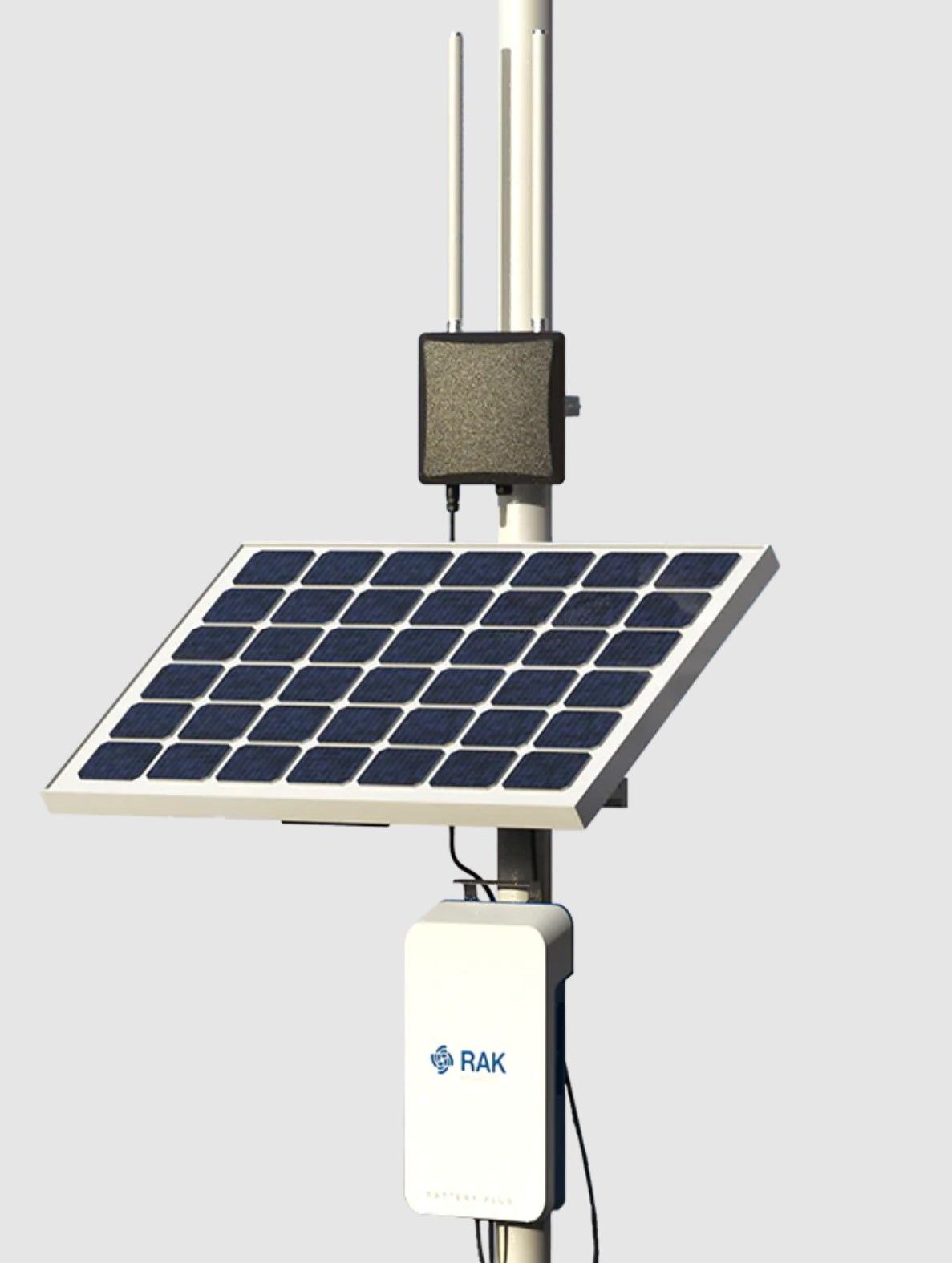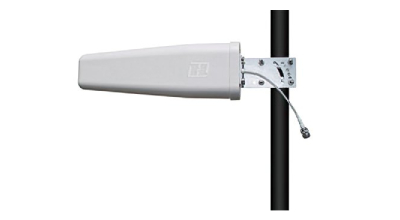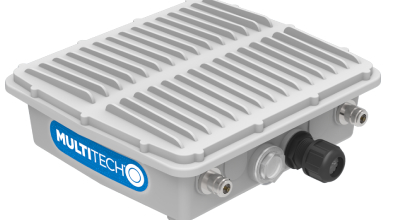
Difference between LoRa and LoRaWAN
LoRa and LoRaWAN are related but distinct concepts in the realm of long-range, low-power wireless communication. LoRa is the acronym for Long Range, while LoRaWAN stands for Long Range Wide Area Network. Here is a brief explanation of each:

- LoRa: LoRa is a wireless modulation technology developed by Semtech Corporation that enables long-range communication with low power consumption. It uses the unlicensed sub-gigahertz radio frequency bands, like 868 MHz in Europe and 915 MHz in North America. LoRa technology is characterized by its ability to provide robust communication over long distances, even in challenging environments such as urban areas with high interference or rural areas with obstacles like vegetation or hills. Its low power requirement makes it suitable for battery-powered devices, such as IoT sensors, that need to operate for extended periods without recharging or replacing batteries.
- LoRaWAN: LoRaWAN is a communication protocol and network architecture built on top of LoRa technology, developed by the LoRa Alliance, a non-profit association. It specifies how LoRa-enabled devices (end nodes) should communicate with gateways and network servers to transmit data over wide areas. LoRaWAN defines the protocol layers, security features, and network management procedures necessary for scalable and secure IoT deployments. In a typical LoRaWAN architecture, end nodes send data to gateways, which then forward the data to a network server. The network server processes and routes the data to the appropriate application server, where it can be used by the end application.
In summary, LoRa is the underlying radio frequency modulation technology, while LoRaWAN is the protocol and network architecture that leverages LoRa to enable wide-area communication for IoT applications.


